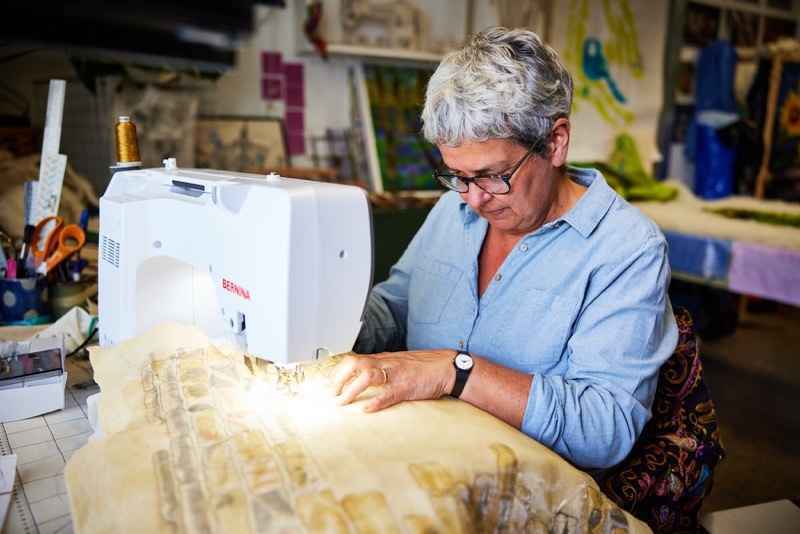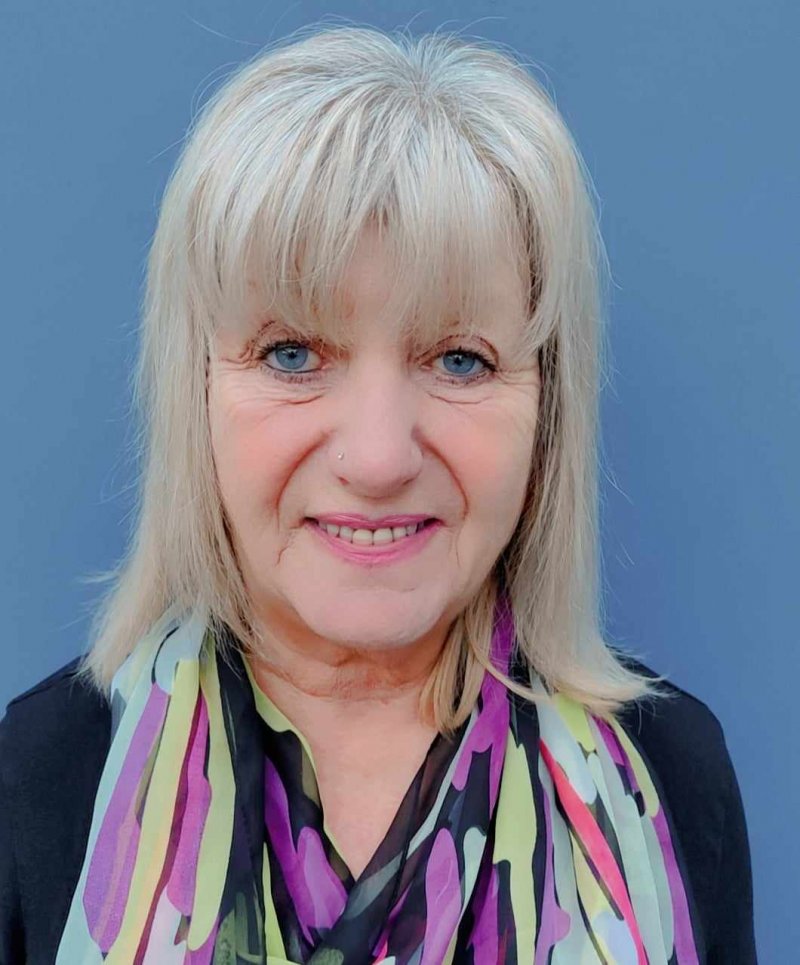LANDMARK celebrations at a Grade II*-listed church in the heart of Barnsley will take place in October to mark its 200th anniversary.
A double celebration of the bicentenary of the current St Mary’s building, completed in 1822, and centenary of the chapel, dedicated in 1922 will take place on October 22 from midday, it has been announced.
St Mary’s has been carrying out services, marriages and funerals for far longer than the building, erected in 1822, has been in situ - with record of a church on the land going back as far as 1180.
One of the oldest churches in the borough, the foundations of St Mary’s are thought to date from the eighth century.
The tower, which was erected in around 1380, was kept during the building of the current church in 1822 - keeping a link to its past.
The iconic colours of two historic Barnsley regiments - painstakingly restored for generations to come - will also be on display to the public, as well as feltwork created by Wakefield-based artist Helen Riddle.
Historian Jane Ainsworth, from the Friends of St Mary’s group, said: “We decided to have some special textile art and, unable to do this as a community project in time, explored various options.
“I met Helen and was inspired by her feltwork and freeform stitching.
“We have commissioned two panels for the chapel screen from her - one panel will show the medieval tower and porch of the 1822 building and the other one of St Mary’s many stained-glass windows.
“This year has been an extremely busy year for us because we felt the church deserved to have a proper celebration of the 200th anniversary of the present building.”
Helen added: “I was approached by the committee of the friends group with a view to creating two textile panels to mark the bicentenary of the church which will be celebrated in October.
“It’s a very interesting project and I’ve enjoyed working with members of the committee and Father Stephen Race to identify which aspects of the church and its community they wanted to feature.
“I have wet-felted a woollen background and then used needle felting, free-motion machine embroidery and handstitch to add the colour, texture and line of the design.
“This will create a lasting memento of this moment in the history of the church which I hope people will enjoy for years to come.”


























